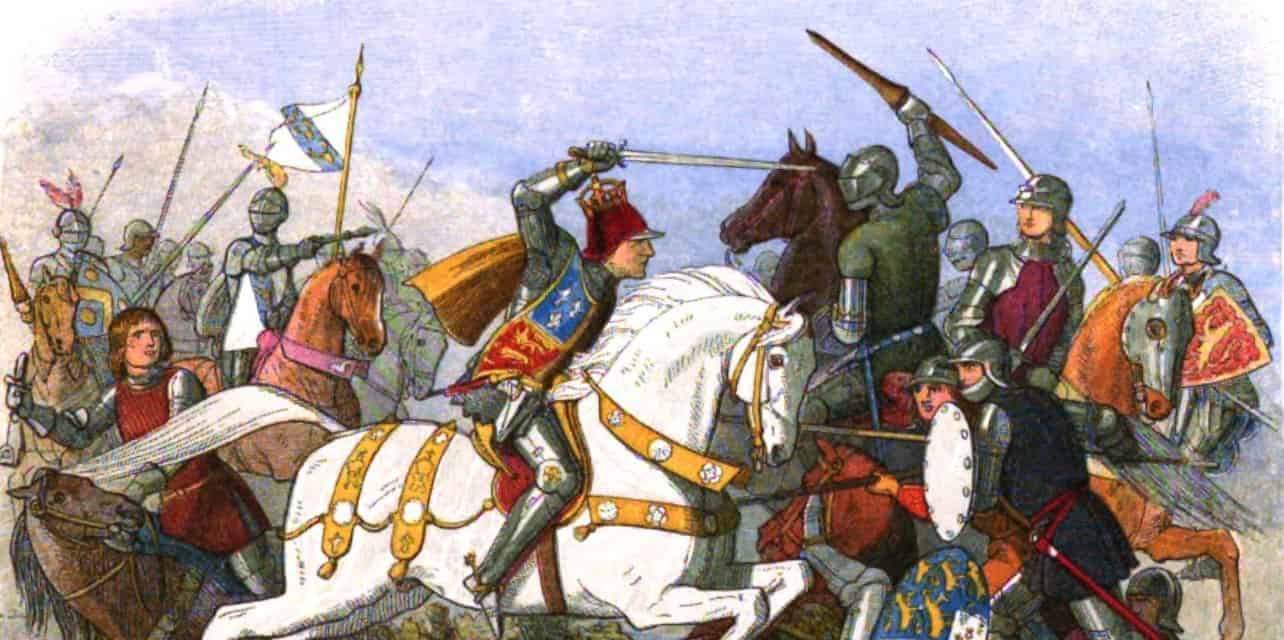For average people and families, “self-destruct” might involve abusing booze or narcotics. Or perhaps it might entail somebody turning into an obnoxious tool, whom nobody can get along with. The consequences – tragic as they might be – are seldom felt beyond relatively small circles. Not so when those engaged in self-destruction are royals, feuding with other members of their family. Then, the consequences could impact millions, and shake and destroy empires. Following are forty things about some of history’s most self-destructive ruling families.

40. The Brothers Who Wrecked an Empire
In popular culture, Harun al Rashid (766 – 809) might be best known as the caliph who keeps popping up in One Thousand and One Nights. In real life, he presided from Baghdad over the Abbasid Caliphate when it was at the height of its power and prosperity – an empire stretching from India to the Atlantic, and from the Caucuses to the Sahara.
Al Rashid governed the world’s then most-powerful state, but he had trouble governing his own family. One of his greatest failures might have been the failure to teach his kids the basics of sharing and getting along with each other. Soon as he died, as seen below, his sons wrecked the empire with a bloody civil war that put the Abbasid Caliphate on the fast track to decline and oblivion.

